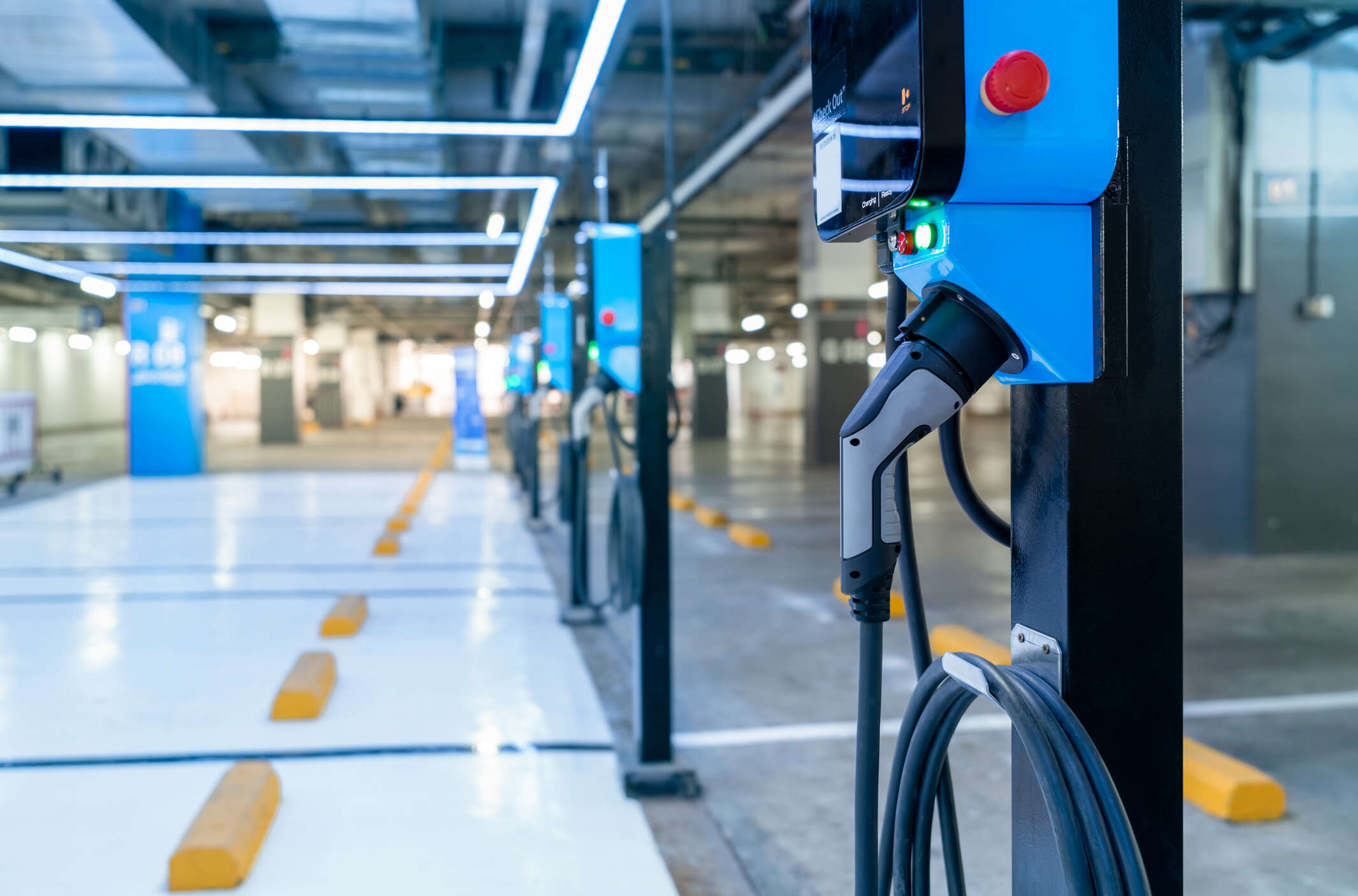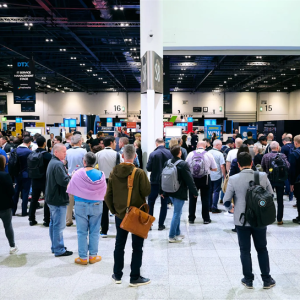
The construction and operation of infrastructure accounts for approximately 70% of humanity’s carbon emissions, according to the World Bank. Decarbonisation is therefore one of the most urgent drivers for smart infrastructure, whereby digital functionality is embedded into plant and the built environment so it can be monitored and managed in response to demand.
At the recent Making Sense of Net Zero event, Thomas Kiessling, CTO for smart infrastructure at event sponsor Siemens, explained that the roll out of smart infrastructure has barely begun. “Around 5% of buildings are smart,” he said. “For the energy grid, we’re looking at about 10% to 15% digitalisation. So there is still huge potential.”
Only recently have the technology components that enable smart infrastructure fallen into place, Kiessling said. “You need cloud [computing] and you need edge IoT for smart infrastructure to work – that’s now established and widespread,” he explained. “5G is being rolled out as we speak. You need 5G to connect to provide the massive amount of connectivity you need for smart infrastructure. Then, finally, digital twins are also taking off.”
So far, the digitisation of the energy grid is more advanced than that of buildings, Kiessling explained. But the true potential of infrastructure digitisation, he added, lies in blurring this distinction, so that buildings become active participants in the energy grid, feeding power in and responding to fluctuations in supply.
Smart infrastructure for net zero: tackling building emissions
Some 40% of global CO2 emissions stems from buildings, Kiessling said, around 40% of which occur during their operation. Commercial and industrial building operators are cutting carbon emissions in two ways, Kiessling reported: more effective use of energy through digitisation, and increasing their use of renewable energy sources.
Register to view the full interview on demand.
Meanwhile, there is work to be done on reducing buildings’ embedded emissions, Kiessling said, which are produced when extracting materials and during construction. “For the embedded phase, you’ve got to be clear on the imperatives for a building project,” he said. “People define red lists, where certain materials are crossed out because of their high emissions quantities. And the trend goes towards innovations such as law carbon cement, low-carbon steel, timber or high-mineral wool. Materials [will] improve substantially over time.”
Linking buildings to the energy grid
Digitising infrastructure means that previously disparate systems can be tied together through data and managed holistically. An example of this, Kiessling said, are ‘grid-interactive buildings’, where information from buildings is fed into the energy grid and vice versa. As building operators add solar generation and energy storage capacity to their facilities, their buildings can then feed energy back into the grid when need.
“[Grid-interactive buildings] alleviate the bottleneck in the energy distribution network because now the building knows the state of the distribution network, making the grid more resilient and robust,” Kiessling said. “That allows for faster rollout of renewable energy and electric vehicles, because the building acts as a node in a virtual power plant, contributing directly to renewable energy generation.
“We have estimated the compound impact of [grid-interactive buildings] to be something like 10% to 15% of total CO2 reduction.”
Register to view this and other full sessions from Making Sense Of Net Zero.
Home page image by YouraPechkin/iStock






